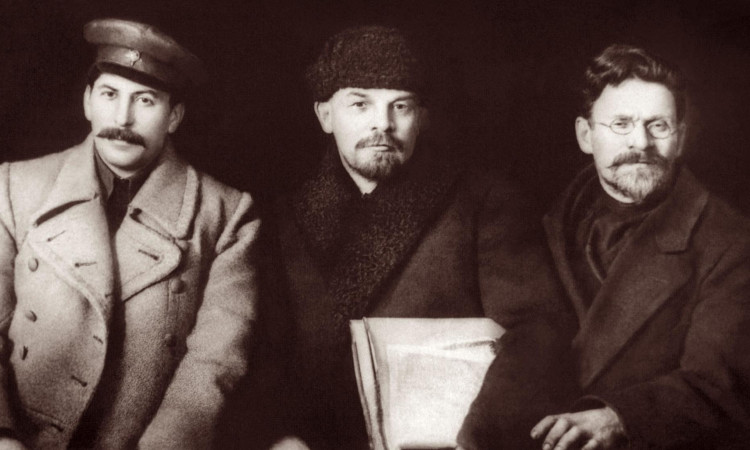How was the USSR defeated?
In 1918-21, during the war of intervention following the Great October Socialist Revolution, at a time when she was militarily and economically incomparably weaker than in 1991, the fledgling Soviet state could not be defeated by the interventionist armies of the 14 chief capitalist countries, representing the combined strength of imperialism and its stooges.
During her participation in the second world war, in 1941-45, the USSR and her Red Army broke the back of the powerful Hitlerite war machine, thus making the single most powerful contribution to the defeat of Nazi Germany.
So how was it that the same USSR collapsed as a socialist state so ignominiously, without the 20 million members of the communist party apparently lifting a finger to stop it?
This presentation by Harpal Brar, former chairman of the CPGB-ML, summarises his book Perestroika, the Complete Collapse of Revisionism, which is a collection of articles written for the anti-imperialist journal Lalkar at the time of the Soviet Union’s collapse, examining the economic and political destruction of the USSR from within, initiated by Nikita Khrushchev and his followers after the death of Josef Stalin.
When the USSR collapsed as a socialist state in 1991, the capitalist ideologues and imperialist spokesmen were triumphalist in their assertion that this proved that ‘socialism doesn’t work’, and that capitalism is the ‘end of history’.
But that simplistic ‘analysis’ fails to explain how, in that case, the USSR not only came into being out of the interimperialist slaughter of WW1, but survived for seven decades.
Not only did it survive, but for the majority of its existence it went from strength to strength, achieving military, economic, scientific and cultural advances unsurpassed in human history; and creating decent, secure, meaningful lives for the mass of the working people, elevating them to full human dignity and control of their society.
The fact is that socialism does work for the mass of humanity. While a cursory glance at any development index for our unequal and unsustainable global capitalist world, by contrast, shows that capitalism is threatening our very existence and cannot continue.
But what is to be done? Ecological protestors blockade the streets but seemingly have no idea that the government of the capitalists is not going to help them solve this or any other crisis, inherent in capitalist property relations. They are literally powerless to do so.
The pervasive anticommunist propaganda has addled these protestors’ thinking to the point that they no longer ‘identify’ as workers, or see the capitalists’ interests and antisocial motives as antagonistic to theirs. Rather, they think ‘there are no enemies’ and the government just needs ‘persuading’ of the urgency of their cause.
This is a ‘thinking’ that runs through the whole of the protest movement, not only in Britain but across the imperialist ‘west’. (Vote Labour and maybe everything will be ok.)
Clearly there are serious questions to be answered if the working class is to take the path of its own liberation once more. Understanding why the USSR collapsed remains one of the biggest.
Anyone who would seek to build socialism today, or to participate in the struggle to improve society’s organisation, climate, health service, housing or social provision, must know and understand how the once mighty workers’ republic really came to be defeated.
____________________
Perestroika, the Complete Collapse of Revisionism by H Brar is availble to buy from our online shop.














